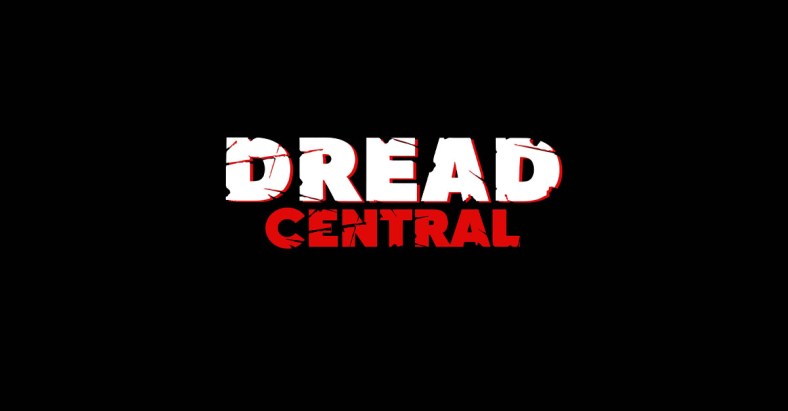Remembering George A. Romero by Graham Skipper

As a little kid, I remember my family would often spend Halloween night with our neighbors across the street. The kids would go trick or treating and then gorge ourselves on candy while the adults would party in the other room.
Where we kids used to hang out during this time was a living room with an old black and white TV, and the parents would have it set to a local station that was showing a horror film marathon. We didn’t actively watch the movies because we were so consumed with eating candy (or maybe we were too scared to get too sucked in), but as a result of this many of my earliest memories of horror films – modern and classic – are of them being black and white.
So it was a strange feeling when, years later, 16 year old Graham finally sat down to watch Night of the Living Dead. Somehow I had in my head an expectation of something old and fun, but not scary – like the old Universal monster movies. Those always were enjoyable, sure, but never actually scared me.
I also was half expecting the film to be in color. Everyone always talked about how it was this gory, violent, grindhouse-y drive-in type movie, so somehow I’d always assumed that like so many others I’d half-watched on my neighbor’s black and white TV, that it must have been in color.
So when the movie started and looked just like I remembered it – those ghostly grey tombstones, the too-pale man with the square jaw, the deep dark shadows of the farmhouse…it was a weird feeling. It made me recall seeing those images out of the corner of my eye as a kid, and being terrified, and looking away, out of sight out of mind and all that…
But more than that, what absolutely shocked me was how “real” it was. How current it felt despite its age. This was no Universal gothic studio picture. This was gruesome, subversive stuff.
And then the ending. To this day, for my money, the best, most profound, most important ending of a horror film ever. It gutted me. Even as a 16 year old I recognized the balls it took to put a black man as the level-headed protagonist of your movie during that time, but to then have him “still” wind up dead at the hands of a bunch of white yahoos with guns…just incredible stuff.
And I remember sitting there, in my living room, alone and watching the credits roll over images of bodies getting hoisted onto fires, and for the first time really understanding what a horror film could do to you.
I would watch Dawn later that year with some friends, and quickly started working my way through the rest of his films – all of which I love for different reasons. But Night of the Living Dead is one of those few horror films that even a seasoned viewer like myself finds hard to watch.
When an artist dies, I feel like it hits us especially hard because we all have such a personal relationship with art. You watch a movie subjectively, and so all of your own fears and thoughts and experiences get tied together and spit back out through your memory of it. So when the artist behind it dies it feels like a part of you has gone.
And in a way I guess that’s true. My thoughts are jumbled in the wake of Romero’s passing, and as I try to navigate them I feel like I’m just shambling along like one of his re-animated children.
We’re lucky his work will endure forever, so like his greatest creation, constantly coming back to life to haunt a new generation of film watchers. So let’s rest with that, because there lies hope that one day we humans will finally catch up with what Romero was trying to tell us 50 years ago.
That’s the beauty of film: the artist’s voice lives forever. And what a singular voice Romero has.
– Graham Skipper

Categorized:News

